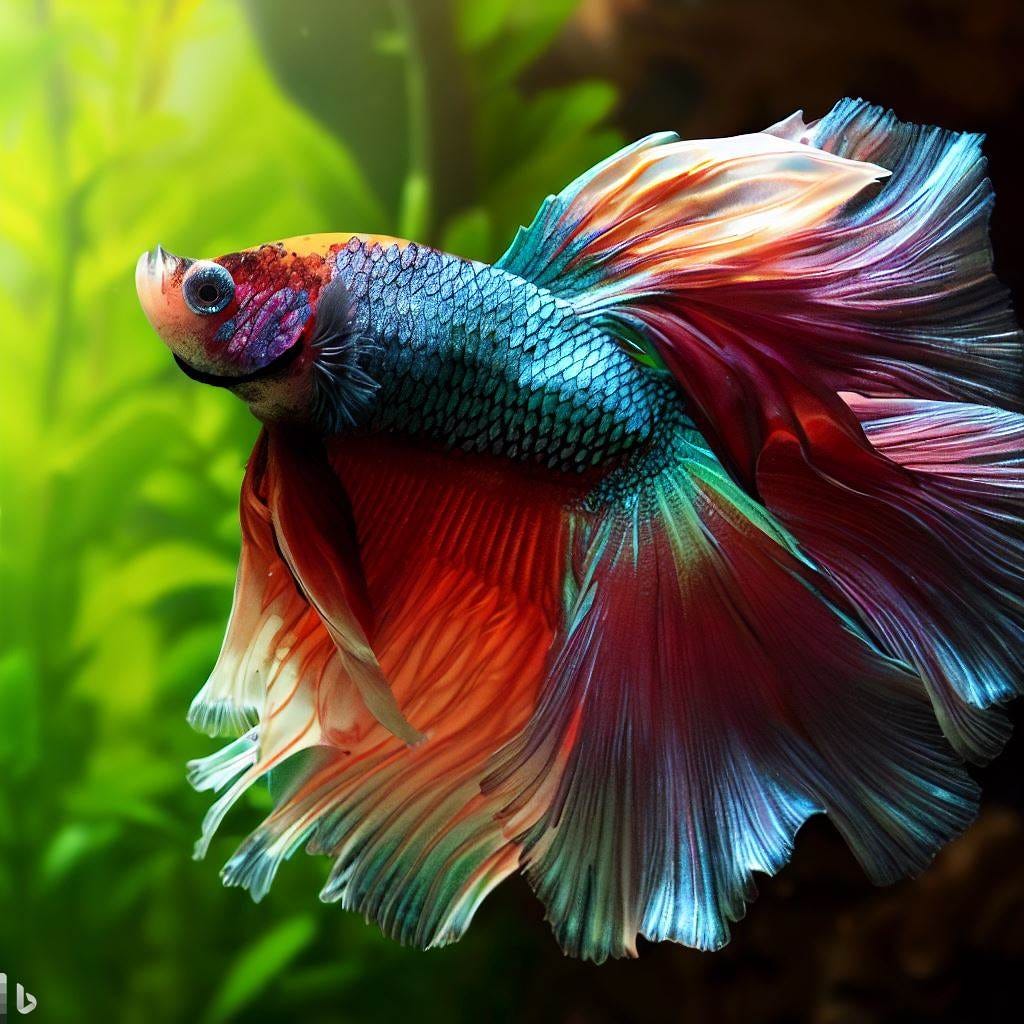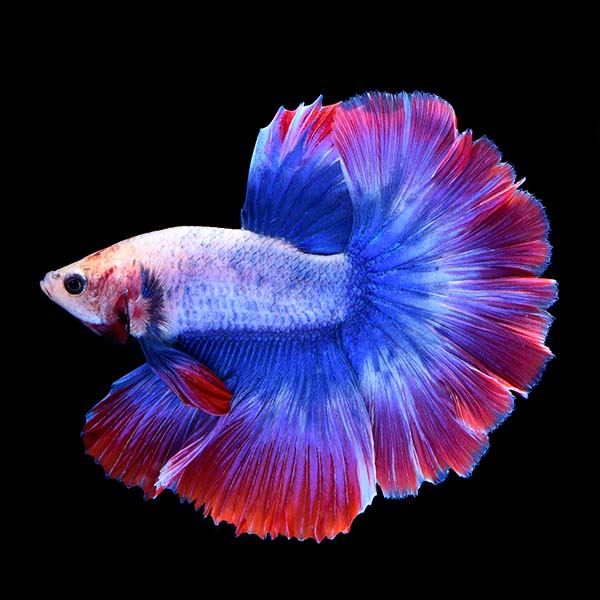Understanding Betta Fish Habits: What Every Owner Needs To Know
Understanding Betta Fish Habits: What Every Owner Needs To Know
Blog Article
Reproducing Betta Fish: a Comprehensive Step-By-Step Guide to Efficiently Raising Infant Bettas From Eggs to Their Adult Years
Breeding Betta fish is a careful undertaking that requires mindful planning and implementation to guarantee the effective development of fry from eggs to grow fish. As the male Betta diligently constructs a bubble nest and guards the valuable eggs, the succeeding stages of treatment and transition demand interest to information and expertise of ideal techniques.

Picking Breeding Pairs
When embarking on the trip of reproducing Betta fish, selecting the appropriate reproduction sets is vital to accomplishing desirable traits and a healthy and balanced lineage - betta fish. The very first step in this procedure is to recognize the details characteristics you desire to boost or maintain, such as color, fin kind, and physique. It is vital to select genetically varied pairs to avoid inbreeding, which can lead to health issues and unwanted attributes
Examine prospective breeding candidates carefully. A healthy male Betta needs to display dynamic colors, an energetic behavior, and well-formed fins, while the lady ought to additionally show vibrant coloration and a rounded stubborn belly, indicating preparedness for spawning. Observing the character of both fish is vital, as aggressive or extremely shy individuals may not breed efficiently.
Keeping records of the parent fish's ancestry can aid you track hereditary traits and prospective problems. Ultimately, spending time in the choice process will substantially improve the probability of generating strong, vivid children that meet your reproduction goals.

Preparing the Reproduction Storage Tank
Producing an ideal reproduction environment is a crucial step after choosing ideal pairs for Betta fish. The breeding storage tank should be especially designed to provide convenience and boost the all-natural breeding habits of the fish. Beginning with a container size of at the very least 10 gallons to make certain ample area for both the male and female Bettas.
Preserve a mild filtration system to maintain the water clean while preventing solid currents that can worry the fish. Furthermore, an air stone can be included in supply oxygenation without interrupting the water surface excessive.
Temperature regulation is critical; aim for a stable variety of 78-82 ° F(25-28 ° C) using a trustworthy heater. The pH degree need to be kept between 6.5 and 7.5, and normal water adjustments are required to make certain high water high quality.
Integrate drifting plants or spawning sponges to produce concealing areas for the lady, while also encouraging bubble nest structure by the male - betta fish. Finally, ensure the container is devoid of sharp designs and any prospective dangers, as the well-being of the fish must always be prioritized during this essential stage of reproduction.
The Breeding Refine
Usually, the reproducing procedure for Betta fish involves a collection of distinct and evident behaviors that suggest preparedness for recreation. The male Betta starts by building a bubble nest at the water's surface, which acts as a website for the fed eggs. This nest is essential, as it gives a risk-free environment for the eggs till they hatch.
When the nest is developed, the man will display courtship habits, such as flaring his fins and showing vivid colors to attract the female. The lady, upon picking up the male's preparedness, will respond by showing vertical red stripes along her body, indicating her receptiveness.
The fed eggs then drop to the bubble nest, where the male very carefully accumulates and returns them to the nest. Following this, the male assumes obligation for protecting the nest and making certain the safety and security of the eggs till they hatch out, usually within 24-36 hours.
Caring for Betta Fry
Looking after Betta fry calls for cautious focus to their setting and nourishment to guarantee healthy and balanced growth and advancement. After hatching out, Betta fry are incredibly tiny and prone, demanding a steady and clean habitat. Keeping a water temperature level in between 78 ° F and 80 ° F is critical, as Betta fry grow in cozy problems. In addition, make certain that the water is devoid of damaging toxic substances; regular water changes of 10-20% are recommended to preserve optimum water quality.
Feeding Betta fry is equally essential. They must be offered infusoria or carefully smashed top notch fry food, as their mouths are also little to take care of bigger bits. As they grow, you can gradually present bigger foods, such as infant brine shrimp or powdered flakes, to ensure they receive appropriate nutrition. Feed them tiny quantities a number of times a day, being careful not to overfeed, which can result in water high quality issues.
Transitioning to Grownup Bettas
As Betta fry fully grown, transitioning them to grown-up Bettas is an essential stage that requires cautious management of their environment and social interactions. This process generally begins when the fry reach around 6 weeks old, at which point they can be progressively introduced to an extra organized living setting.
To facilitate this transition, it is vital to ensure check this that the water specifications-- such as temperature level, pH, and ammonia levels-- are ideal and steady. Adult Betta fish flourish in warm water (around 78-80 ° F) with a pH of 6.5 to 7.5. Gradually acclimate the fry to these problems to decrease anxiety.
Social communications are one more crucial factor; man Bettas are notoriously territorial and hostile. It is over here a good idea to different men into individual storage tanks as they mature. Female Bettas can be housed together, but care ought to be taken to keep track of for indications of hostility.
Additionally, dietary adjustments ought to be made as the fry grow. Incorporate premium pellets and live foods to support their growth and health and wellness. By handling these variables properly, you can promote an effective change to adulthood for your Betta fish.

Verdict
Effective reproduction of Betta fish requires mindful interest to detail throughout the whole procedure, from selecting genetically diverse pairs to offering ideal treatment for fry. Furthermore, a balanced diet plan and progressive navigate to these guys adaptation to adult atmospheres are crucial for the development and growth of Betta fish.
Report this page